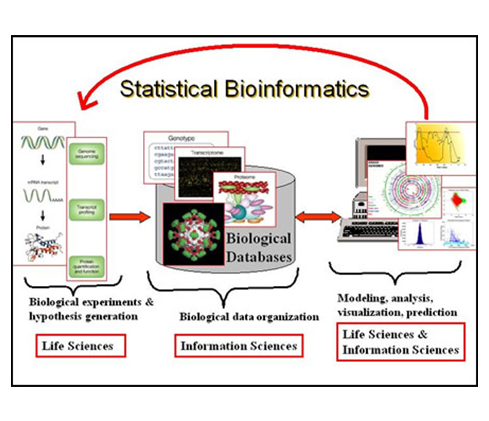Edit Content
Contact Us
- 406, Nathubhai Tower opp Dhru Motors, Udhana Main Rd,Surat-394210, Gujarat
- +91 98243 72152
- +91 97278 08068
- [email protected]
- [email protected]
- Week Days: 09.00 to 19.00 Sunday: Closed
SLS is offering this service to find out ribosomal RNA sequence by DNA sanger sequencing corresponding to the rRNA (16S/18S /ITS/26S rRNA). We provide all inclusive service performing gDNA isolation, amplicon generation, sequencing and consensus generation.
A consensus sequence was used to carry out BLAST with the database of NCBI Genbank. Based on maximum identity score first ten sequences were selected and aligned using multiple alignment software program. Distance matrix was generated and the phylogenetic tree was constructed using bioinformatics tools.
MLST- Multi Locus Sequence Typing
Multilocus sequence typing (MLST) is an unambiguous procedure for characterising isolates of bacterial species using the sequences of internal fragments of (usually) seven house-keeping genes. Approximately 450-500 bp internal fragments of each gene are used, as these can be accurately sequenced on both strands using an automated DNA sequencer.
For each house-keeping gene, the different sequences present within a bacterial species are assigned as distinct alleles and, for each isolate, the alleles at each of the seven loci define the allelic profile or sequence type (ST). For each house-keeping gene, the different sequences present within a bacterial species are assigned as distinct alleles and, for each isolate, the alleles at each of the seven loci define the allelic profile or sequence type (ST).
Each isolate of a species is therefore unambiguously characterised by a series of seven integers which correspond to the alleles at the seven house-keeping loci.


Service Details
Microbial Identification Service is based on sequencing of the 16SrRNA gene (bacterial) and ITS/D2 region of 28S Large subunit (LSU) rRNA gene for (Fungal/Yeast/Algae) phylogenetic analysis.
This service includes sequencing of ribosomal genes or other conserved region of up to 1500 bp and its sequencing data with chromatogram and FASTA file.
Bioinformatics Analysis: This service includes genus and species level identification with phylogenetic tree and distance matrix generated using advanced software for representation of the relationships, to obtain organism lineage and taxonomy.
Process:
1) Genomic DNA extraction from microbial culture & amplification of the desired gene by PCR.
2) Enzymatic/Gel based purification of the amplicon.
3) Sequence data generation BDTv3.1 chemistry on ABI 3730xl.
4) Quality check, trimming of low-quality sequence from ends and assembly.
Sample Requirement
a) Pure culture propagation: for Bacteria/Yeast/Fungi (Plate/Slants/Glycerol stock), culture growth conditions (medium temperature)
b) Isolated microbial genomic DNA: Concentration of 100 – 200 ng/μl, volume: – 20 μl
c) Unpurified PCR product of 16S/18S rDNA gene: concentration of 20-30 ng/μl, volume: – 50-60 μl.
Turn Around Time:
3-12 working days from the receipt of sample.
Deliverables:
The Report will include: Genus and species level identification with top ten matches and DNA consensus sequence along with electropherogram, phylogenetic tree and distance matrix generated using advanced software for representation of the relationships, to obtain organism lineage and taxonomy.